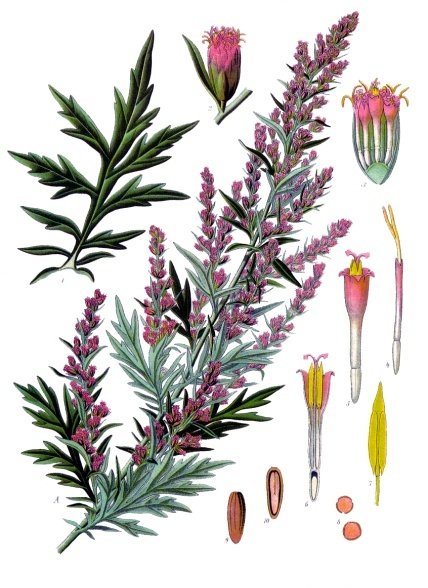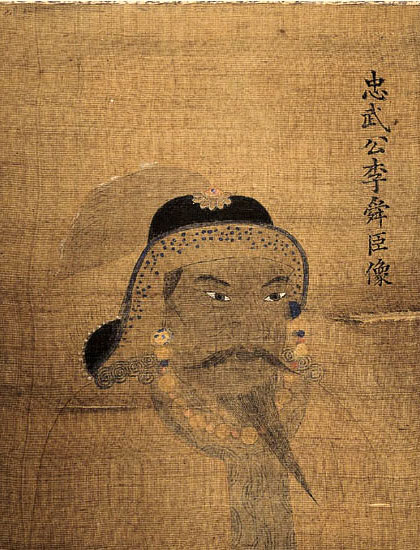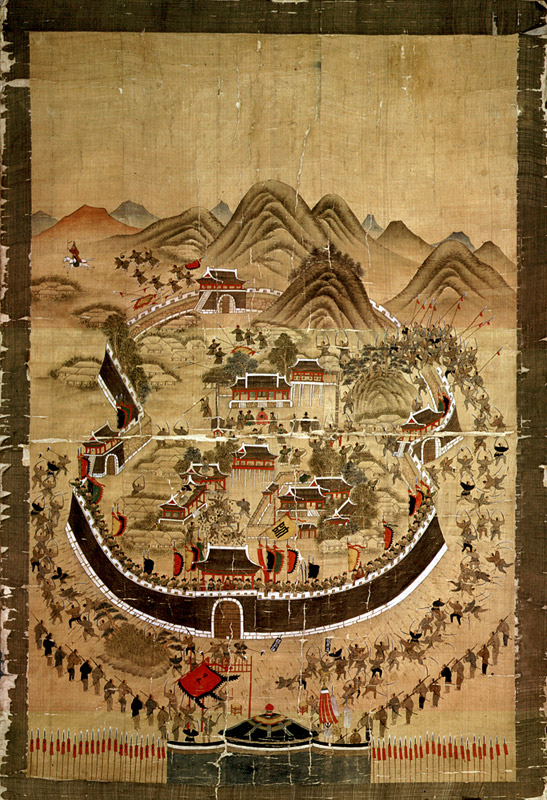Category Archives: weekly book
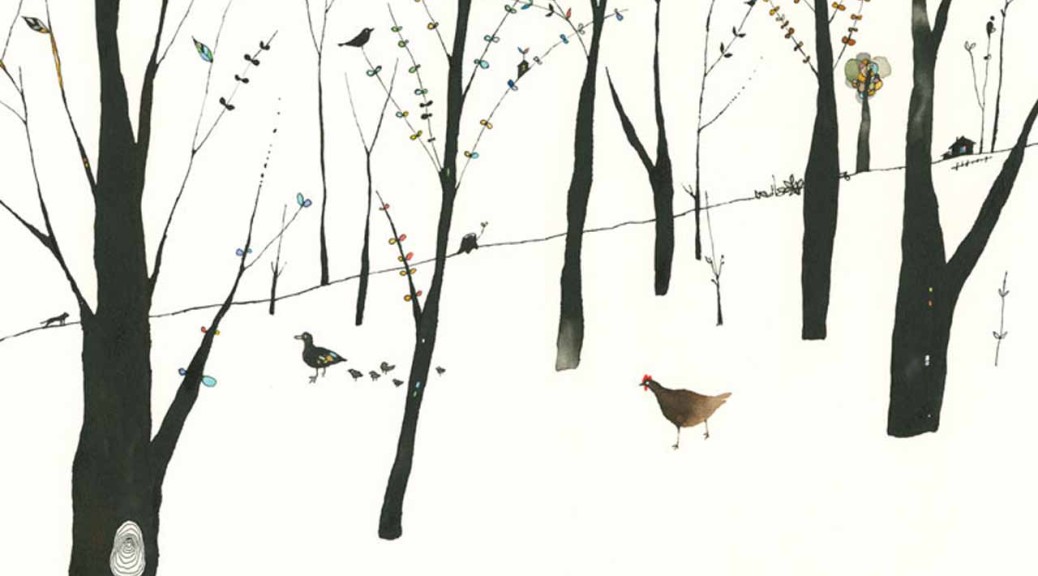
The Hen Who Dreamed She Could Fly
Hwang, Sŏn-mi, Chi-Young Kim, and Nomoco. The Hen Who Dreamed She Could Fly: A Novel. U.S.: Penguin Books, 2013. Print.
“Soon he’ll be so fat he won’t be able to fly. That’s how they get tame.” p. 103.
“Just because you’re the same kind doesn’t mean you’re all one happy family.” p. 106.
illustrator: Nomoco
—–
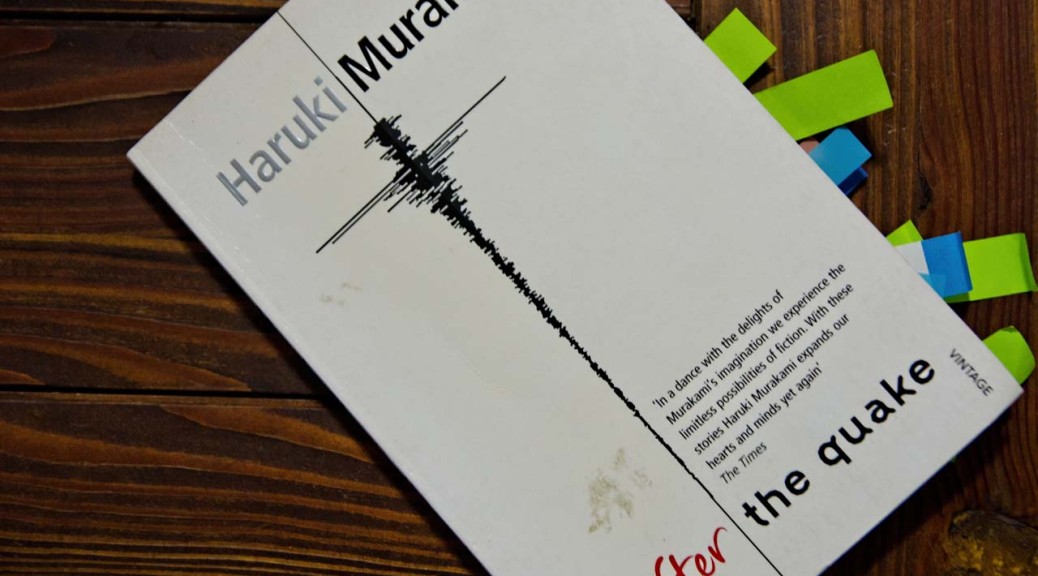
After the Quake
Murakami, Haruki. After the Quake. Trans. Jay Rubin. London: Vintage, 2007. Print.
Landscape with Flatiron
Jack London “To Build a Fire”
“She transferred from one train to the next at random until she had come all the way from Tokorozawa to this little seaside town in Ibaraki Prefecture, a town she had never even heard of.” 28-29.
All God’s Children Can Dance
following the doctor down the deserted place. 54.
“And then it struck him what lay buried far down under the earth on which his feet were so firmly planted: the ominous rumbling of the deepest darkness, secret rivers that transported desire, slimy creatures writhing, the lair of earthquakes ready to transform whole cities into mounds of rubble.” 59.
“We take it for granted that the earth beneath our feet is solid and stationary. We even talk about people being ‘down to earth’ or having their feet firmly planted on the ground. But suddenly one day we see that it isn’t true. The earth, the boulders, that are supposed to be solid, all of a sudden turn as mushy as liquid.” 68.
Thailand
“From now on, little by little, you must prepare yourself to face death. If you devote all of your future energy to living, you will not be able to die well… Living and dying are, in a sense, of equal value.” 77.
“‘What you need now more than anything is discipline. Cast off mere words. Words turn into stone.”” 78.
Super-Frog Saves Tokyo
“As Nietzsche said, the highest wisdom is to have no fear.” 90.
“As Joseph Conrad once wrote, true terror is the kind that men feel towards their imagination.” 92.
“Apparently Frog was very fond of Anna Karenina.” 94.
“But as Ernest Hemingway saw so clearly, the ultimate value of our lives is decided not by how we win but by how we lose.” 98.
“”Fyodor Dostoevsky, with unparalleled tenderness, depicted those who have been forsaken by God… the ghastly paradox whereby men who had invented God were forsaken by that very God.”
Dostoevsky White Nights (1848).
Honey Pie
John Updike‘s short stories.
Protected: Japanese Castles in Korea 1592-98 (part 2)
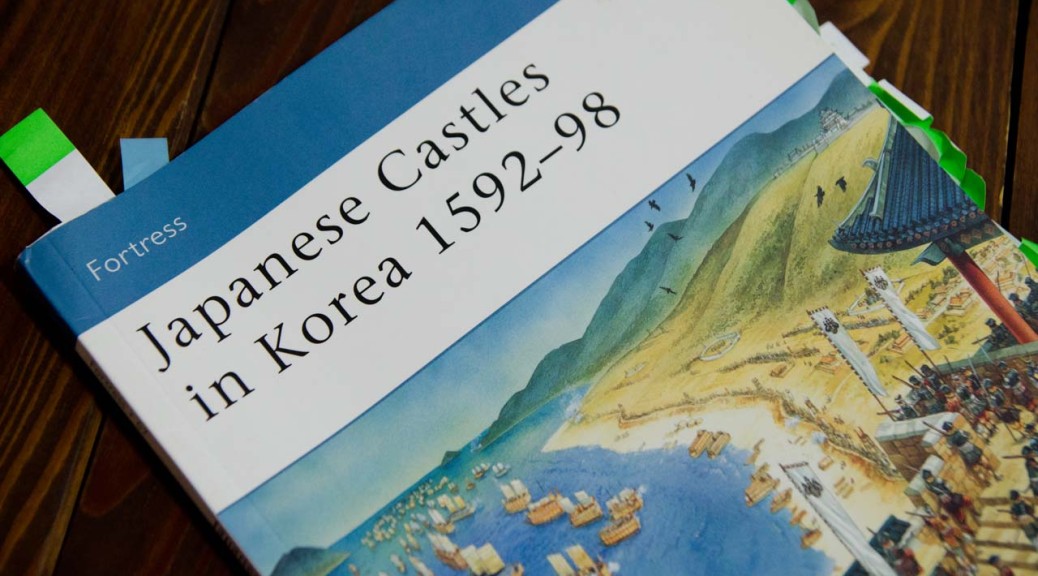
Japanese Castles in Korea 1592-98 (part 1)
Turnbull, Stephen R., and Peter Dennis. Japanese Castles in Korea, 1592-98. Oxford: Osprey, 2007. Print.
Wikipedia list of Japanese castles in Korea.
Imjin war
Invasion led by the daimyo 大名 and general Toyotomi Hideyoshi (1536-98). p4
Korean Admiral Yi Sun-sin 이순신 (1545-1598).
Invasion began “When the Korean king refused to allow the Japanese” to pass through Korea to invade Ming China 明朝. p5.
Picture of site of wajo 倭城 of Yangsan and Hopo. p.5. (fortress 和城)
Map of castles in Jeolla and Gyeongsang province. p.6.
Picture of site of wajo of Ulsan. p.7.
“Busan Castle, an extension of the city wall on the edge of the sea, was in fact one of the best examples of a Korean fortress,” p. 9.
See Siege of Busanjin.
Dongrae Eupseong 동래읍성 東萊邑城 (fortress) may have been just a mountain fortress/sanseong 산성 山城 at the time of the invasion (?) p. 9.
Battle of Dongrae
Siege of Busanjin
The Japanese used Arquebuses p. 9.
Sketch of Ungcheon harbour p. 9.
Korean guerrillas p. 10.
Jinju fortress (first siege of Jinju “Korea’s greatest land victory of the war”) p. 10.
Picture of hill of Jaseongdae, Busanjin 부산진지성. p.11.
See wikipedia entry for Jaseongdae.
Yi Sun-shin impressed by the eupseong 읍성 of Ungcheon 웅천 p. 11.
Castles in Japan: “jinaimachi or temple towns associated with the self-governing communities of the True Land sect of Buddhism and defended by their Ikko-ikki armies” p.13.
Jinaimachi town near Osaka.
Pure Land Buddhism wikipedia entry
Fortress defense: “tora no guchi (tiger’s mouth) gateway passage” with a “90-degree turn” p.13.
Castle of Gupo drawing. p.14.
Clay was used to make the defense structures of a castle fireproof. p. 15.
Three Wajo in Geoje island. p. 16.
Seosaengpo 서생포 (Ulsan) p. 17.
“Seosaengpo was the most important Japanese castle in Korea.” p. 19.
Japanese fortresses in Tsushima. p. 18.
